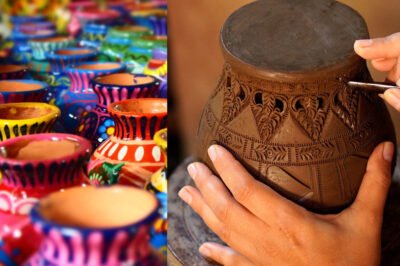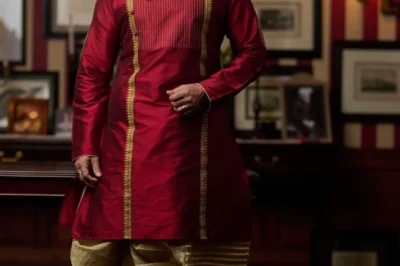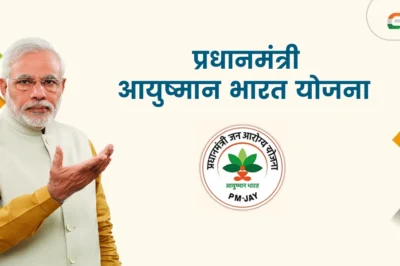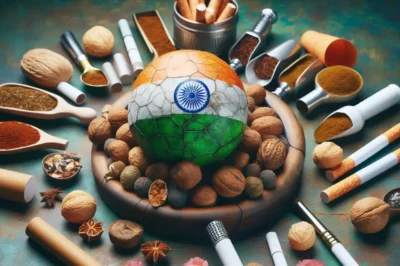As traditional artisans strive to keep their crafts relevant and economically viable, a new initiative involving NGOs and empaneled designers from prestigious institutes like NID, NIFT, etc. aims to revolutionize product design in the handicraft sector. Will this collaboration lead to a resurgence in traditional crafts?
Introduction to the Design Collaboration Initiative
In an effort to revitalize traditional handicrafts and make them more marketable, the Development Commissioner for Handicrafts (DCH) has set up five Regional Design and Technical Development Centers across India. Located in New Delhi, Mumbai, Bangalore, Kolkata, and Guwahati, these centers aim to fuse contemporary design principles with classic craftsmanship to create products that appeal to modern consumers while preserving the cultural heritage.
Empowering Artisans through Design
Objective and Approach:
- Market Viability: The primary goal of these centers is to ensure that handicrafts, which are often sidelined by mass-produced goods, find a prominent place in today’s market, enhancing both income and employment opportunities for artisans.
- Preserving Tradition: While modernization is key, preserving the aesthetic and cultural significance of each craft remains a priority. These centers help maintain the traditional essence which is crucial to the uniqueness of each piece.
Collaboration with Designers:
- Role of Designers: Designers empaneled through this initiative, including alumni from renowned design schools like NID, NIFT, etc., work closely with artisans. They provide fresh insights and innovative designs that blend traditional methods with contemporary aesthetics.
- Workshops and Training: These centers regularly organize workshops where these designers collaborate directly with artisans, guiding them through the process of creating new products that are both authentic and appealing to modern shoppers.
The Impact of Design Innovation
This collaborative model not only aims to enhance the aesthetic value of the products but also ensures they meet the quality and innovation required by contemporary markets. By doing so, it hopes to open up new avenues for artisans to increase their reach and revenue.
When designers take on new projects, they often face a range of challenges that can impact their work and creative process. Here are some common obstacles they might encounter:
- Understanding Client Needs: One of the most significant challenges for designers is accurately interpreting and meeting client expectations. Miscommunication about the project’s goals can lead to revisions and dissatisfaction.
- Creativity Under Pressure: Designers frequently work under tight deadlines, which can stifle creativity. Balancing creativity with the need to deliver on time is a constant struggle.
- Budget Constraints: Clients may have limited budgets that restrict the scope of design options. Designers need to be creative within these financial limitations without compromising the quality of their work.
- Keeping Up with Trends: The design world is fast-paced, and staying abreast of the latest trends is essential. However, it can be challenging to continually innovate while also adhering to current styles.
- Technical Challenges: Every project comes with its unique set of technical requirements, whether it’s mastering new software or solving complex user interface problems. These can require quick learning and adaptation.
- Collaboration and Feedback: Working with a team or handling feedback from clients can be challenging if there are conflicting visions or ideas. Effective communication and compromise are key to resolving these issues.
- Sustainability and Ethics: More clients are looking for sustainable and ethically designed solutions. Designers must consider environmental impact and ethical practices in their projects, which can sometimes be limiting.
These challenges require designers to be adaptable, continuously learn, and effectively communicate to ensure the success of their projects.
Conclusion
The integration of modern design techniques with traditional craftsmanship under the aegis of the DCH’s initiative represents a significant step towards sustaining and revitalizing age-old arts. This approach not only promises to enrich the cultural tapestry but also boosts the economic prospects of artisans across the country.
We now turn to you: Will the strategic collaboration between traditional artisans and empaneled designers elevate the handicraft market? Cast your vote and share your views on how traditional arts can thrive in the modern economy.







































































Leave a Reply